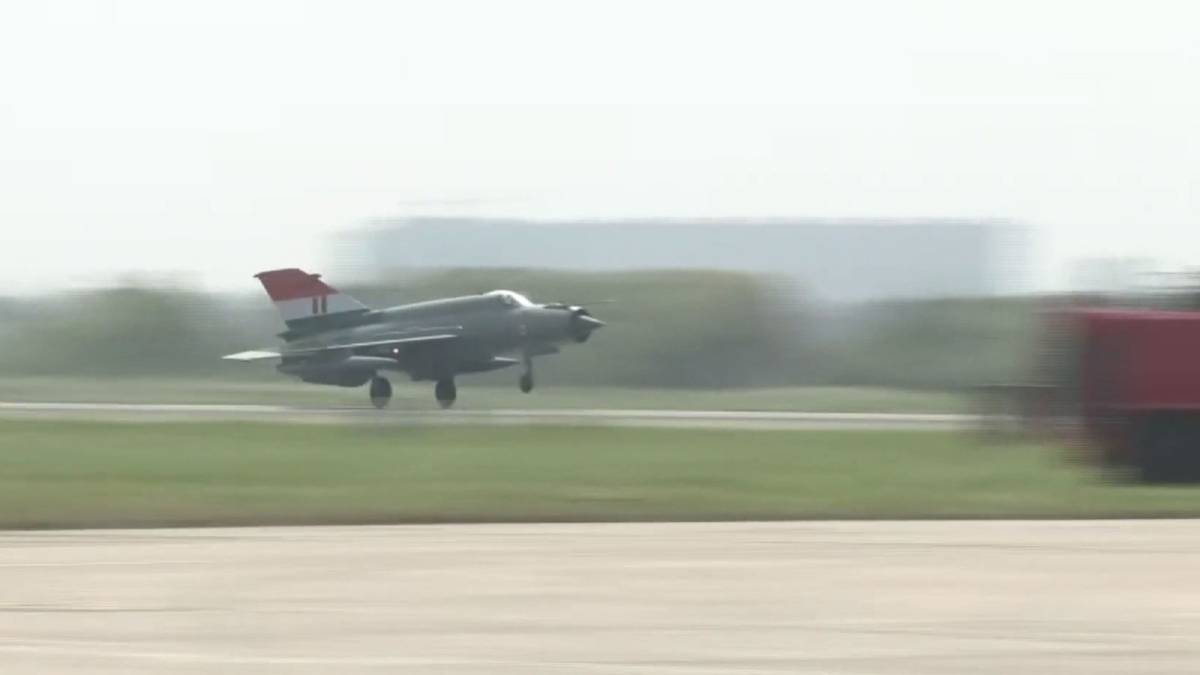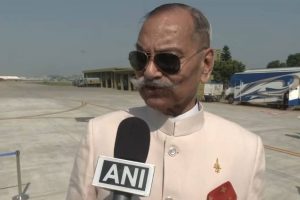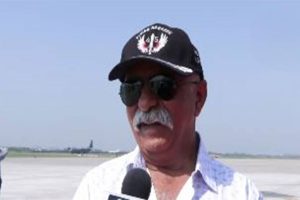The Indian Air Force (IAF) on Friday retired its iconic MiG-21 fighter jet, the nation’s first supersonic aircraft, after nearly six decades of service. The decommissioning ceremony was held at Chandigarh Air Force Station in the presence of Defence Minister Rajnath Singh, marking the end of an era for a jet that trained generations of pilots and played a pivotal role in India’s wars.
Inducted in 1963, the MiG-21, affectionately nicknamed ‘Bison’, became the backbone of India’s air power. The aircraft saw action in the 1965 and 1971 Indo-Pak wars, the 1999 Kargil conflict, and in recent operations including Balakot and Operation Sindoor, establishing itself as one of the most battle-tested jets in the IAF.
Squadron Leader SS Tyagi (Retd.), who holds the highest flying hours on the MiG-21, credited the jet with 80% of India’s victory in the 1971 war, recalling its critical role in bombing operations in Dhaka. Veteran Group Captain Malik (Retd.) described bidding farewell to the aircraft as an emotional moment, saying, “I have flown all three versions of MiG-21s for almost 24 years… Each moment is emotional, and I swear there is nothing better than this aircraft.”
Known for its speed, agility, and combat versatility, the MiG-21 also earned the nickname “flying coffin” due to its challenging handling in earlier decades. Wing Commander Jaideep Singh highlighted that the aircraft trained pilots in precision and courage, making it an essential platform for mastering supersonic fighter flying.
The aircraft’s operational highlights include striking the Governor’s residence in Dhaka in 1971, shooting down F-104s and, most recently, a Pakistani F-16, and participating in numerous international exercises. The 28 Squadron, raised in Chandigarh as the first supersonic unit, earned battle honours for its role in the 1971 air offensive and continues to symbolize the legacy of the MiG-21.
Over its service life, the MiG-21 underwent multiple upgrades, with the latest MiG-21-93 (Bison) featuring advanced radar, avionics, and high-off-boresight missiles, keeping it combat-ready even against modern aircraft. Its successor, the Tejas Light Combat Aircraft (LCA) Mark 1A, is expected to carry forward the legacy of India’s first supersonic fighter.
Wing Commander Singh summed up the sentiment of generations of IAF pilots: “Almost every pilot in the Indian Air Force has flown the MiG-21. We are going to miss it.” The MiG-21’s motto, “Sanharancha Karothi Ya” (Determined to Destroy), reflects the enduring spirit of a fighter jet that was as much a symbol of training and excellence as of India’s air power.





